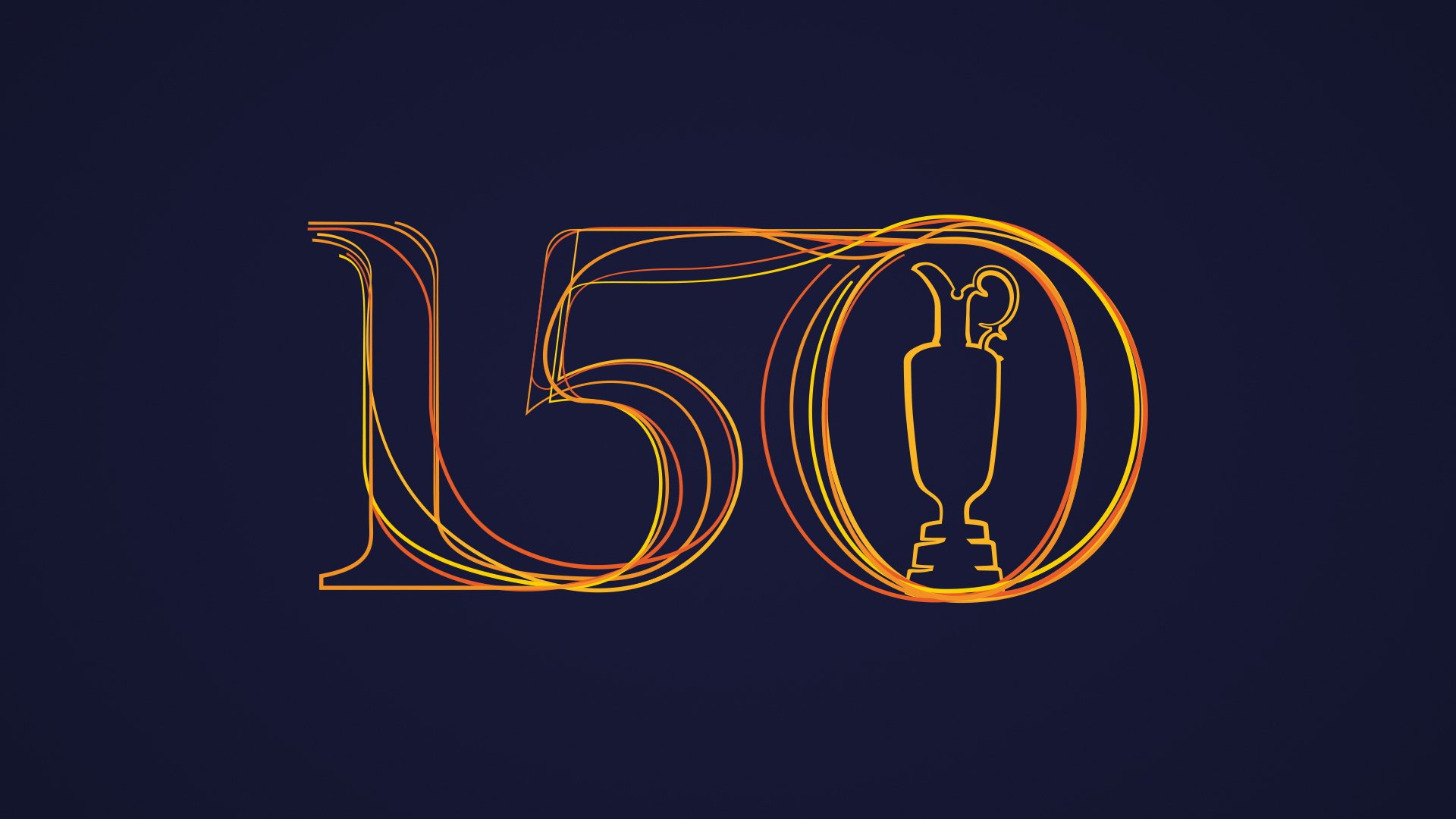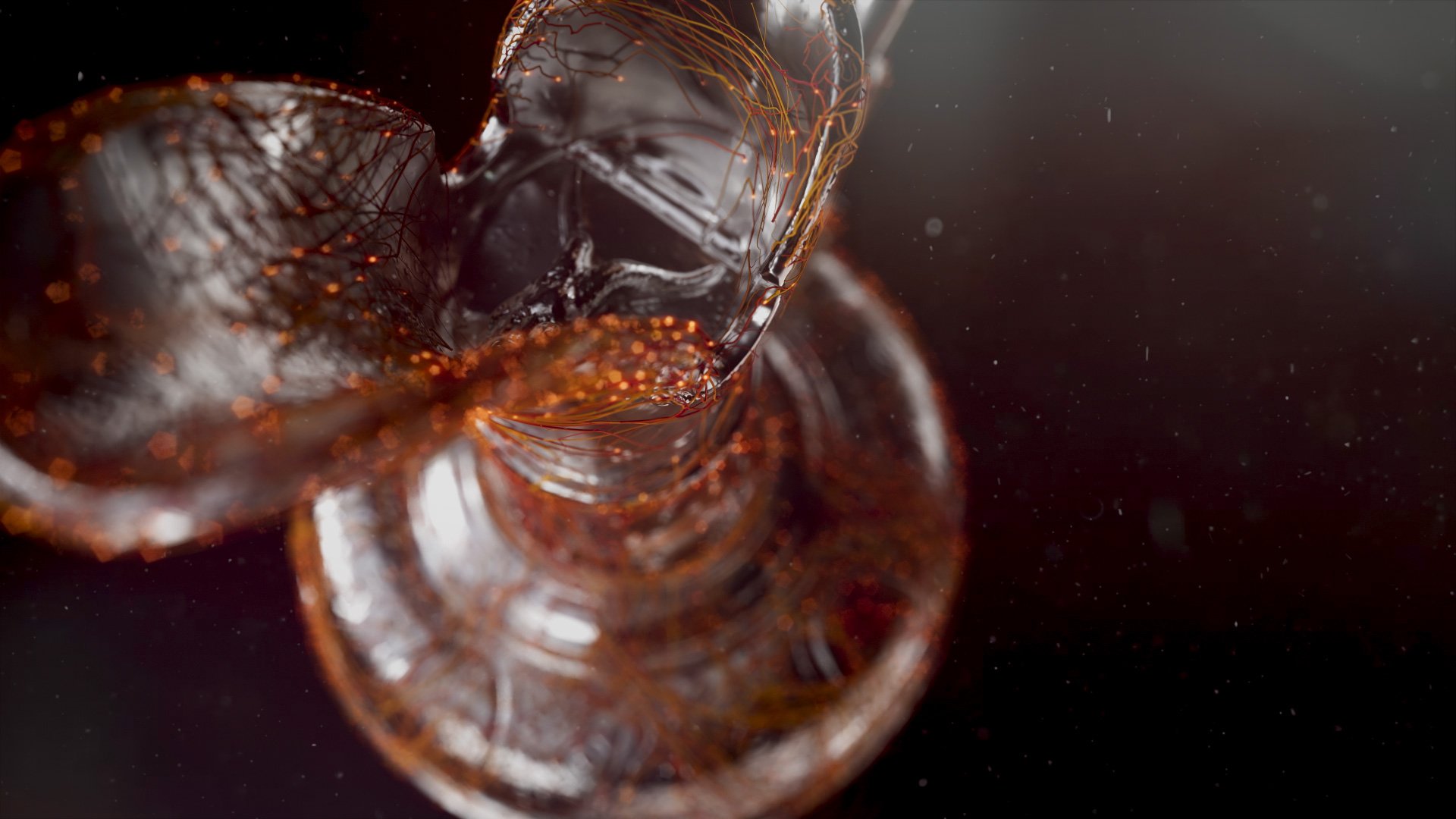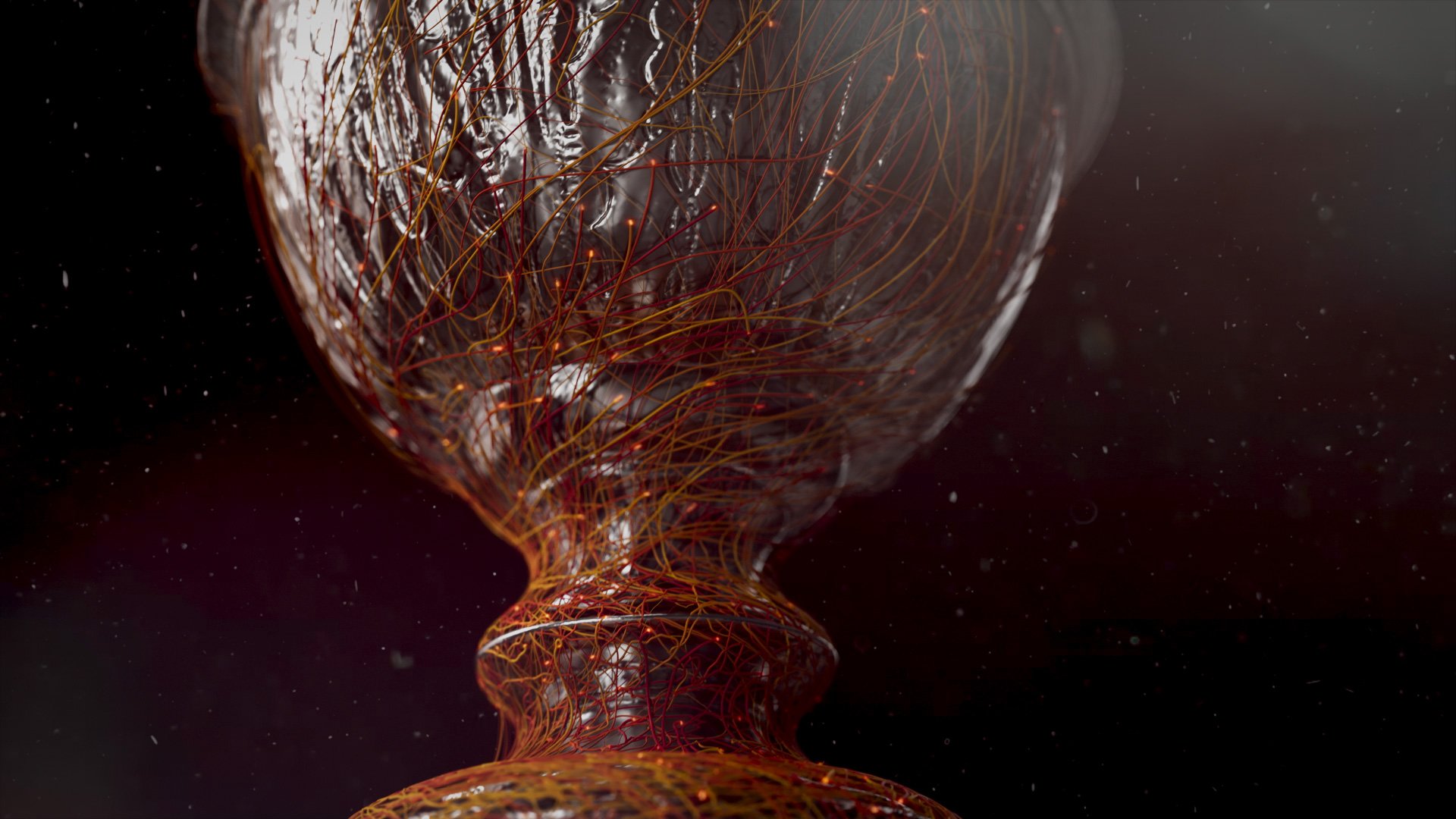R&A The Open Titles 2022
Claret Jug Scanning
We were approached by Nymbl, a 3D animation and interactive studio based in Bristol, for an incredibly exciting project for The Open titles 2022 commissioned by R & A.
Nymbl was tasked with creating a 30-second title sequence and a 5-second sting for both broadcast and web. The design would revolve around the primary brand scenes featured in the 3D projection mapping show, with a focus on the Claret Jug hero scenes to maintain the 150th brand.
To commence this project, Nymbl first required a high-resolution laser scan of the prestigious Claret Jug's 3D form.
Claret Jug History.
The Claret Jug is a trophy awarded to the winner of The Open Championship, one of the world's oldest and most prestigious golf tournaments. The tournament, which was first played in 1860, is held annually in the UK.
The Claret Jug was first introduced as the championship trophy in 1872, replacing an earlier trophy that was a silver medal. The Claret jug is inscribed with the names of all the winners of The Open Championship and is widely considered one of the most iconic trophies in golf.
Over the years, the Claret Jug has become a symbol of excellence in golf and is highly coveted by professional golfers. Winning the Claret Jug is considered one of the most outstanding achievements in golf, and the tournament remains one of the sport's most watched and attended events.
In recent years, the Claret Jug has also become a popular collectable item, with many golf enthusiasts seeking to add a replica of the trophy to their collections. Despite its popularity, the original Claret Jug remains the property of The Open Championship and is carefully guarded and preserved for future generations of golfers to admire and cherish.
Scanning X10.
To accomplish this project, we used our handheld Nikon H120 blue light laser scanner that has a precision of 7µm. We spent approximately an hour capturing the entire jug to ensure that we captured all of the intricate details and inscribed names.
Challenges.
-
The industry-leading Nikon H120 blue light laser scanner aided all of the first three challenges highlighted.
Because of the high accuracy of the H120 laser scanner, we were able to effortlessly capture all of the delicate details, including the inscribed names. Nevertheless, we dedicated additional time to capturing these details to guarantee complete coverage.
-
Normally, when dealing with shiny metallic components such as the jug, we would apply a dissolvable scanning spray to create a temporary even matte finish that minimizes reflections and simplifies data capture. Nevertheless, in the case of the jug, we decided against using the spray for two reasons:
Firstly, the scanning spray increases the part's material thickness by a minuscule amount, which could potentially affect the finely engraved names.
Secondly, although the scanning spray is exceedingly safe and we have never observed any unfavourable reactions on a part, we opted not to take this risk due to the jug's age and value.
-
Many scanners encounter difficulties when attempting to capture multiple material profiles without having to make profile adjustments (e.g., silver and black). However, the H120 excels in this area. With a single pass, the H120 can effortlessly capture multiple materials.
-
We handle every part with great care and respect, regardless of its value. However, when it comes to high-value components like the claret jug, it adds an additional layer of complexity to the project. Throughout the scanning process, we were monitored by security, and we wore soft white gloves while handling the jug.







